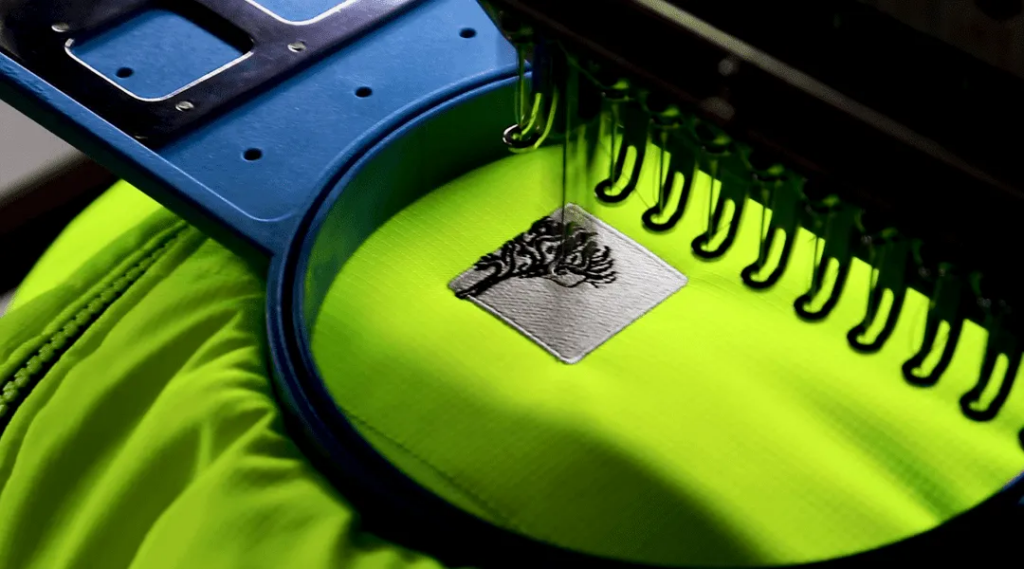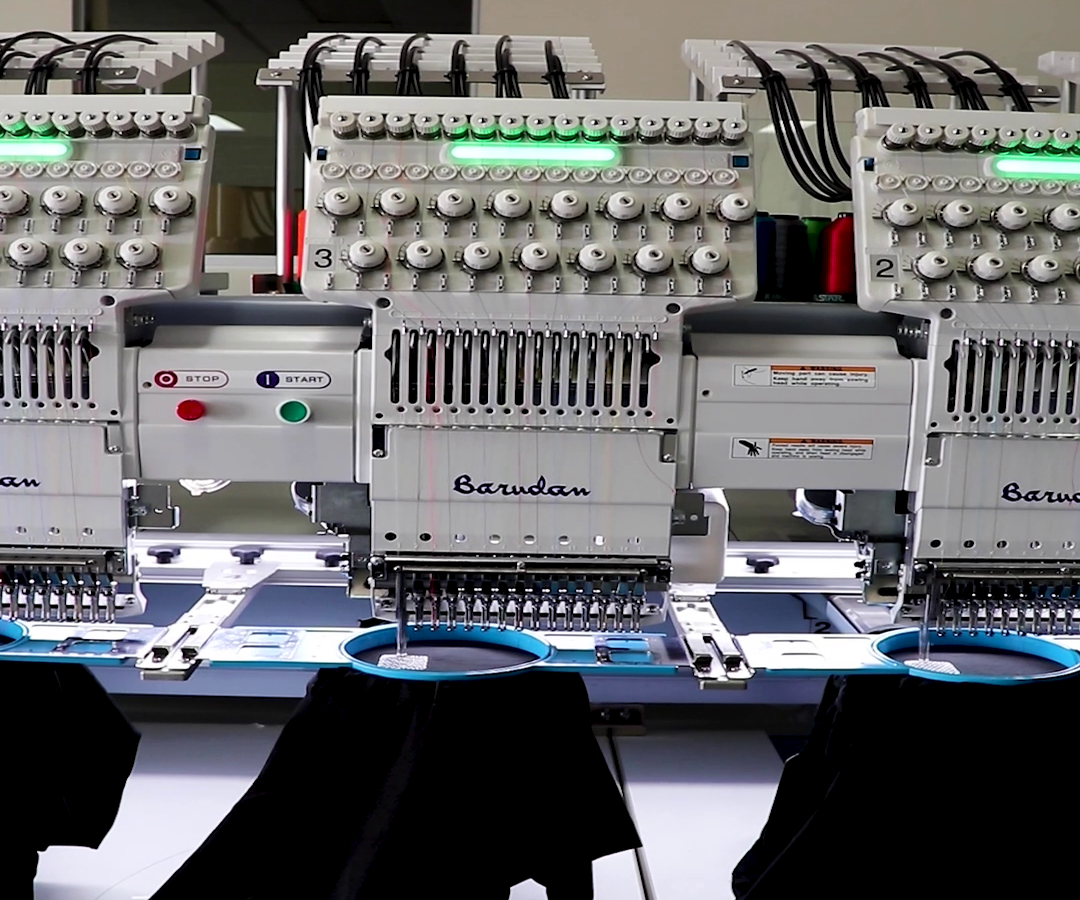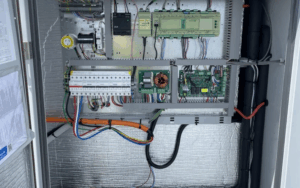Embroidery has long been a staple in the world of customisation, offering a blend of durability and aesthetic appeal that few other methods can match. Whether you’re a business owner, a sports team manager, or someone looking to personalise items for an event, the decision to opt for embroidery over other techniques such as printing or heat transfer is significant. But how do you determine if your products truly need embroidery?
When to Consider Embroidery
If you’re in charge of sourcing uniforms or workwear, embroidery should be at the top of your list. Uniforms are often subjected to harsh conditions, whether it’s regular washing, exposure to the elements, or daily wear and tear.
Embroidered logos and names not only withstand these conditions but also maintain their appearance, ensuring your staff always looks professional. For industries such as hospitality, healthcare, and construction, where uniforms play a crucial role in brand identity and team unity, embroidery is an excellent choice.
Corporate Branding
For businesses looking to enhance their corporate branding, embroidery offers a high-quality, durable option. Items like embroidered shirts, jackets, and caps can be used as part of a uniform or as promotional items. The professional look of embroidery can leave a lasting impression on clients and customers, reinforcing your brand’s reputation.
Additionally, embroidered products make great gifts for clients, partners, or employees, further promoting brand loyalty and recognition.
Special Events and Custom Merchandise
Embroidery is also a popular choice for special events, such as weddings, conferences, or sporting events. Custom embroidered items like hats, shirts, and bags can serve as memorable keepsakes or promotional merchandise. The durability of embroidery ensures that these items will last long after the event, keeping your brand or message in front of people for years to come. If you’re planning a special event and want to create lasting memories, embroidery is a reliable option for customising merchandise.
Considerations Before Choosing Embroidery

While embroidery offers numerous benefits, it can be more expensive than other methods, particularly for large orders or complex designs. The cost is usually determined by the number of stitches in the design, the type of thread used, and the complexity of the pattern.
If you’re working within a tight budget, it’s important to weigh the long-term benefits of embroidery against its upfront costs. In some cases, the durability and professional appearance of embroidery can justify the higher expense, especially if you’re looking for a long-lasting solution.
Design Complexity
Embroidery works best with simple, bold designs. Highly detailed images or designs with many colours can be challenging to replicate with embroidery, and the final result may not be as sharp as a printed design. If your logo or design is intricate, it may require adjustments to ensure it translates well to an embroidered format. It’s worth consulting with an embroidery specialist who can advise on the best way to adapt your design for stitching.
Fabric Type
The type of fabric you’re working with can also impact the decision to use embroidery. Some fabrics, such as thin or stretchy materials, may not hold embroidery as well as thicker, more stable fabrics. Additionally, certain fabrics may require special considerations, such as backing materials, to prevent puckering or distortion.
Before deciding on embroidery, it’s important to consider the nature of the fabric and whether it will support the stitching process without compromising the integrity of the product.
Alternatives to Embroidery

As beneficial as embroidery services are, it does pay to know some workable alternatives. For this, you can check out the following:
Screen Printing
Screen printing is a popular alternative to embroidery, particularly for larger designs or items that require more flexibility. It involves applying ink directly to the fabric through a mesh screen, creating a smooth, flat finish. Screen printing is often more cost-effective for large orders and can be used on a wider range of materials. However, it may not be as durable as embroidery, especially on items that will be washed frequently.
Heat Transfer
Heat transfer involves using heat to apply a design to a product, typically through a special vinyl or paper. This method is suitable for intricate designs or when a quick turnaround is needed. Heat transfer is generally more affordable than embroidery but may not offer the same level of durability, particularly on items that will see heavy use.
Conclusion: Is Embroidery Right for Your Products?
Deciding whether your products need embroidery depends on several factors, including the intended use of the items, your budget, and the desired look and feel. Embroidery is a durable, professional, and versatile option that works well for uniforms, corporate branding, and special events. However, it’s important to consider the cost, design complexity, and fabric type before making a decision.





